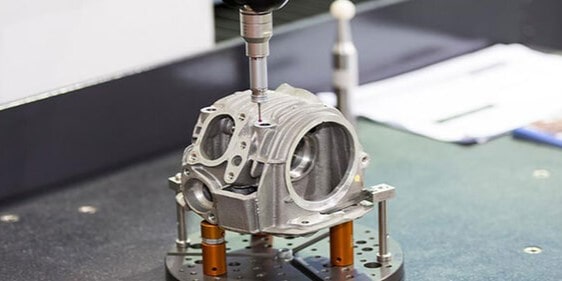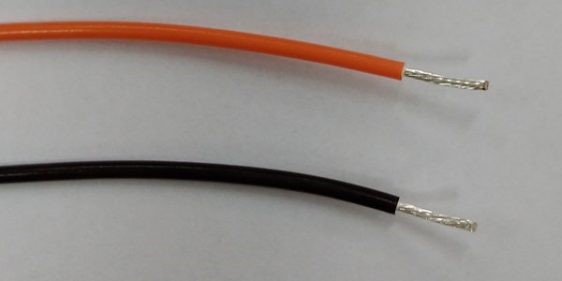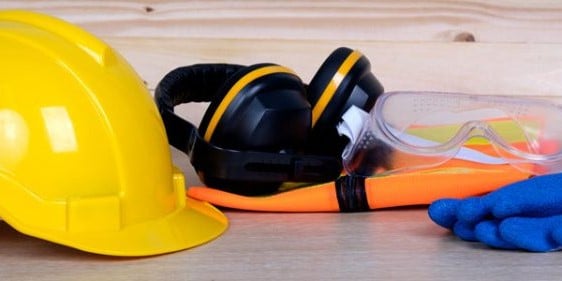Geometrical Product Specifications (GPS) is a standardized approach to defining and communicating the geometric characteristics and tolerances of mechanical parts and assemblies. Demands for exactness and reliability are increasing, because we expect a continuous upgrade of product performance. This is where GPS provides a common language for engineers, designers, manufacturers, and quality assurance professionals to ensure that products meet the desired specifications.
GPS enables the precise description of the form, orientation, and location of features on mechanical components, ensuring that they function as intended and fit seamlessly within larger systems.
The system not only enhances the clarity of design requirements. It also facilitates international trade by harmonising technical specifications and reducing the risk of misinterpretation or errors in manufacturing.
Case study: satellite communication needs precision
You can get far with traditional measuring tools, for many products they provide all the needed accuracy. Sometimes it is not enough though.
A customer providing tracking antenna systems for mission- and business-critical satellite communication needed measurements as precise as possible. Every hole of their component must be perfectly concentric, and the distance between holes completely precise. We are working with tolerances thinner than a split strand of hair.
A satellite 36.000 km away from here, receiving and sending data requires a high level of accuracy. The hardware has to be extremely precise. Otherwise, the information sent in this direction will miss planet Earth and end up in a completely different solar system.
To meet these requirements, we used GPS to create 3D product descriptions.
Complicated but needed
Geometrical Product Specifications (GPS) is a complicated set of standards, both to learn and use in practice.
For some products and components, it is not necessary and traditional measuring tools are adequate. But for others, GPS is useful to meet all requirements.
Read more about our quality standards here.




